 |
TIPS |
 |
TIPS |
Rope Walk
by Russell Long
There are 7 main
components to making the rope walk and the 5 design drawings are depicted later on this
page.
Cone
The "cone" part of the assembly is made (see figure 2) using a snap on plastic
spinner for model airplanes which can be found in most hobby shops. After cutting off the
spinner, sand the flat surface of the base to even out any irregularities. A vise can be
used to aid in holding the cone while cutting the slots with a coping saw or jewelers saw.
Taper the slots out to the tip and most importantly, try not to damage the very tip of the
cone. Use an x-acto knife to remove any burrs and epoxy the 3x3mm guide bar to the cone.
Dowels
All of the dowels used are of standard sizes. Only the main drive gear dowel has to be
adapted to the gear itself. This can be done with a lathe and drill press. The other three
gear dowels require a small amount of carving on one end.
Gears
Most hobby shops will have the required gears in their RC section. They are referred to as
the "Drive and Idler Gears" for a model car.
Copper Tubing
This tubing can be bought at any plumbing store. It is 3/8 in O.D. and 5/16 in I.D. It is
driven or pressed into the 3/8 in. holes with a hammer and a piece of hard wood, and then
reamed and filed flush with the wood surface.
Reducer
The reducer is nothing more than a common coat-hanger. It is very important to make
burr-free bends.
Changes
Some minor changes have been made to the original ropewalk which make it a little easier
to use and a little more efficient. An idea of Frank Wilhite was to replace the copper
press-in sleeves with brass tubing of the same outer diameter. Combined with tubing of the
next size down for the gear shafts, it would produce a smoother, long lasting rotation of
the gears (these tubes are also easier to find in your local hobby store instead of at a
plumbing store). Using eyelets on the ends of the guide for the cone allows for a little
less friction when moving. Holes were also drilled in the cone to reduce its weight and
the tension line hole was moved to 5/16in. from the tip to reduce its tendency to droop.
Linen Thread
The results were good when using linen line on the rope walk. Ropes were produced at the
1996 Western Ship Model Conference and Exhibit that were .21in. and .042in. in diameter,
which corresponds to 2in. and 4in. at a scale of 1/8in. to the foot.
The first figure is the main diagram
of the rope walk. The second figure is the design for the cone assembly, and cutting the
grooves. Figure #3 is the crank stand assembly and figure 4 is the crank as it would fit
into its stand end. The final figure is the reducer and the stablilizing rod for the cone.
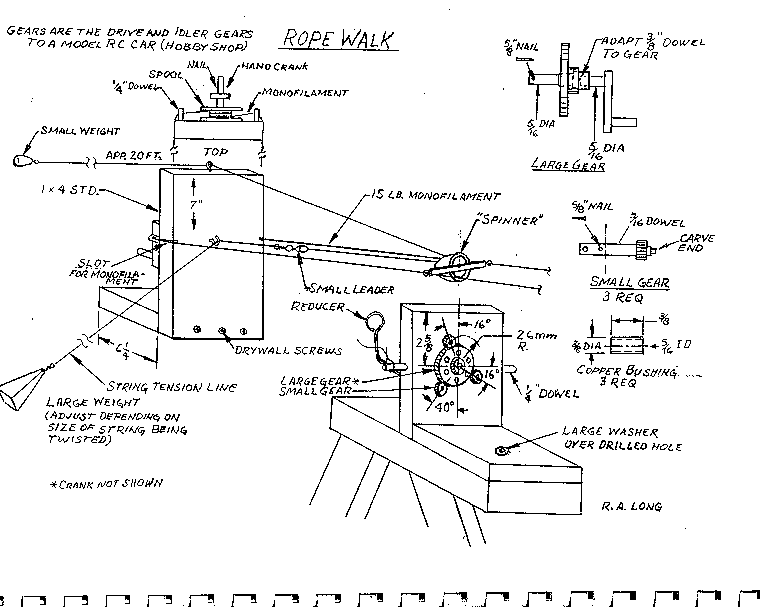 |
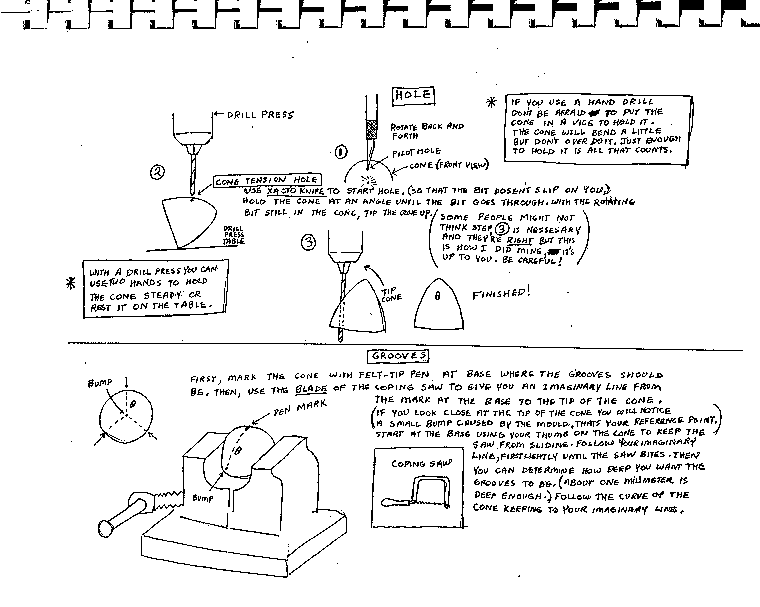 |
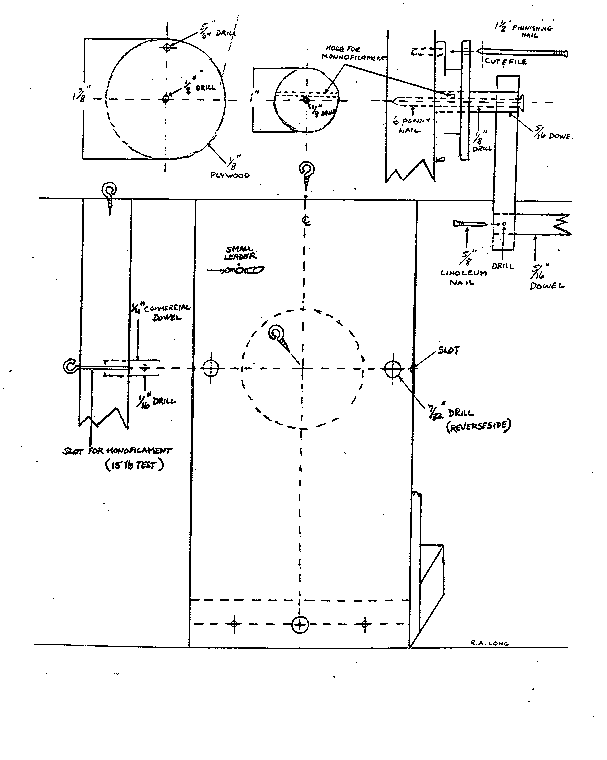 |
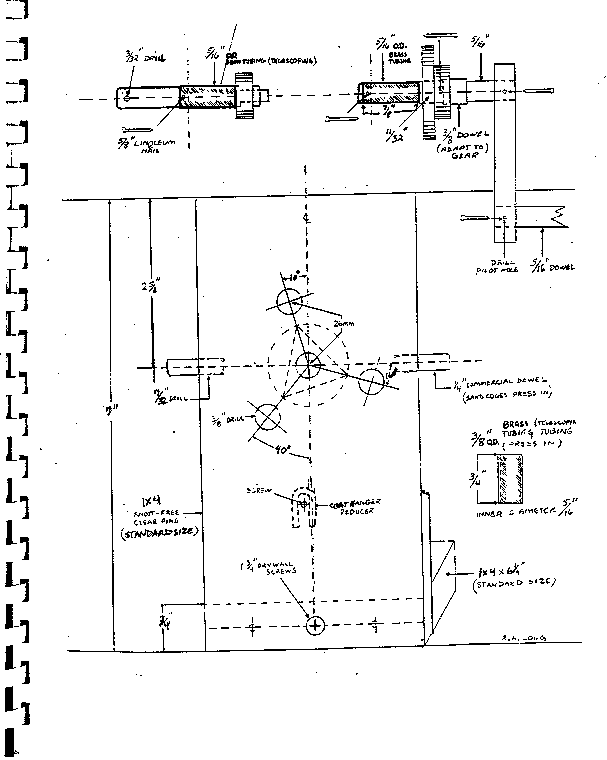 |
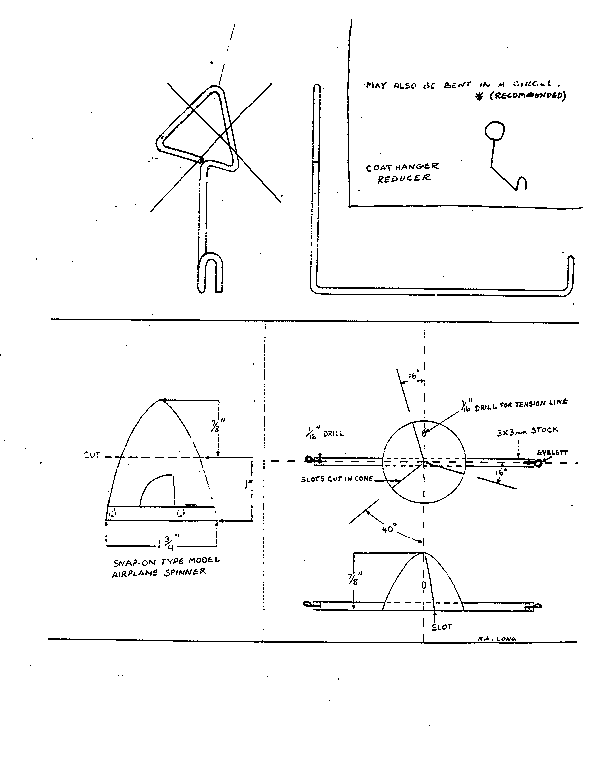 |